A glowing postscript
How a piece of a storied mansion ended up illuminating a history buff’s dining room
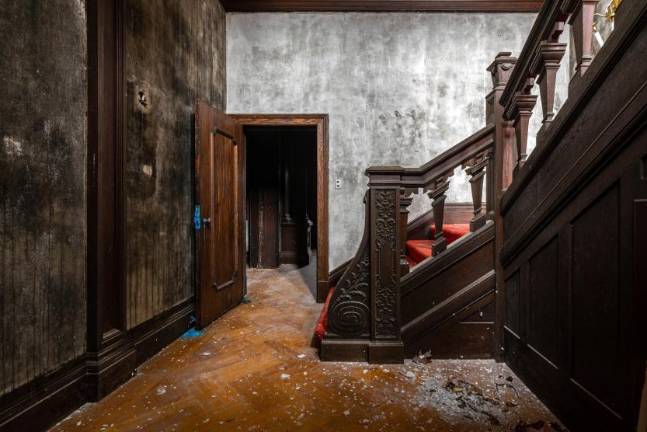
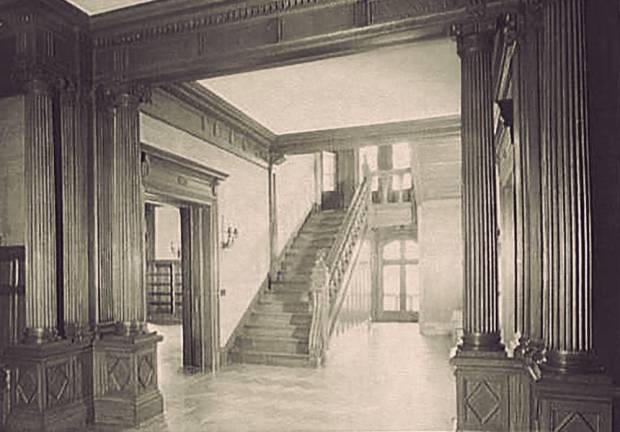
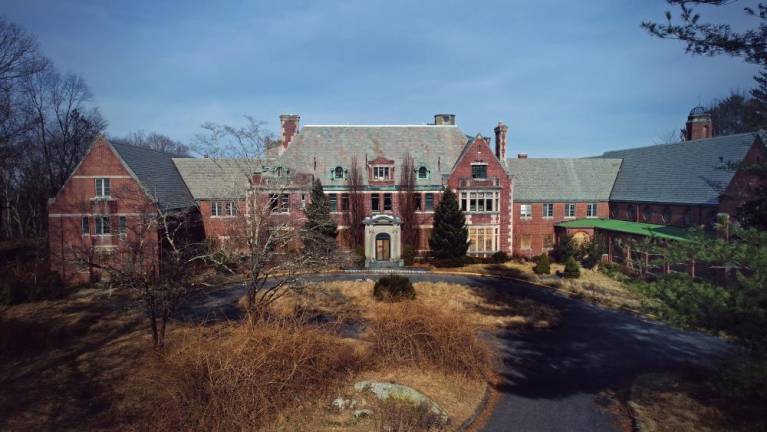
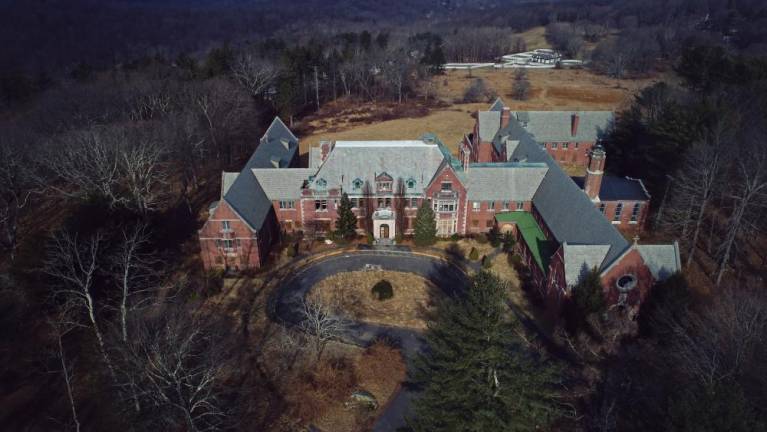
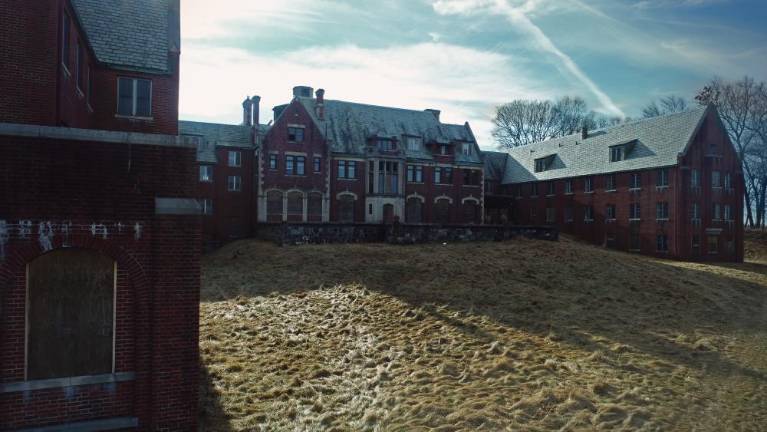
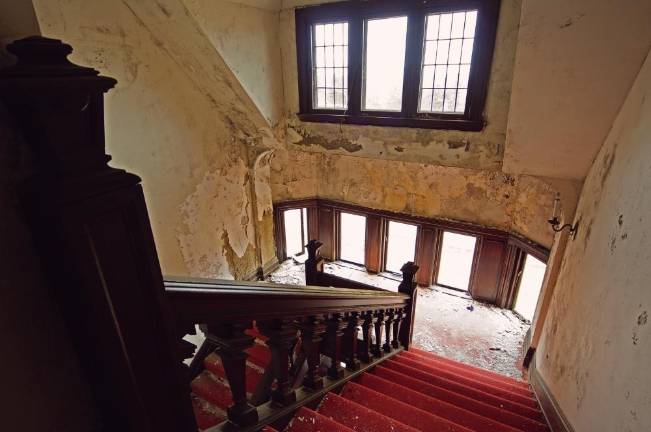
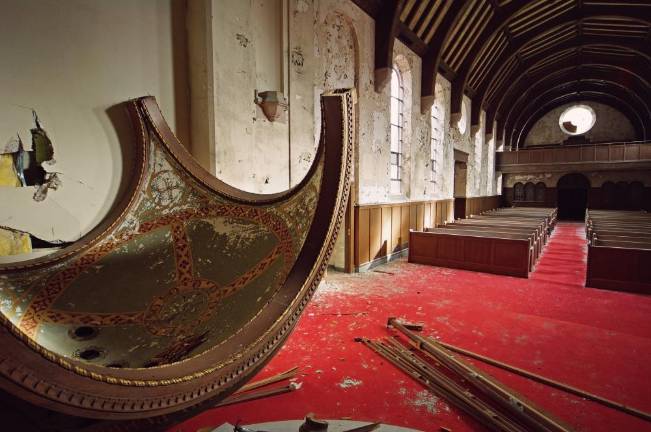
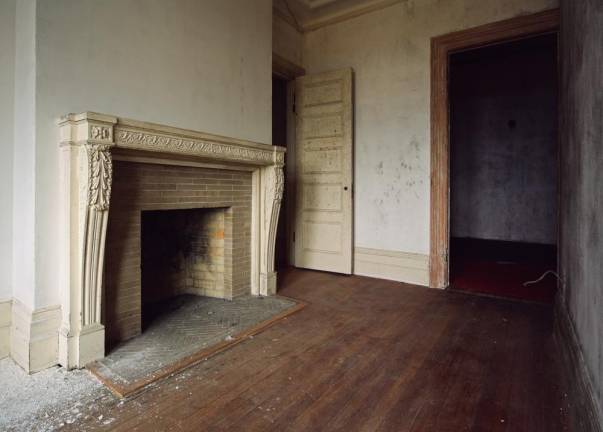
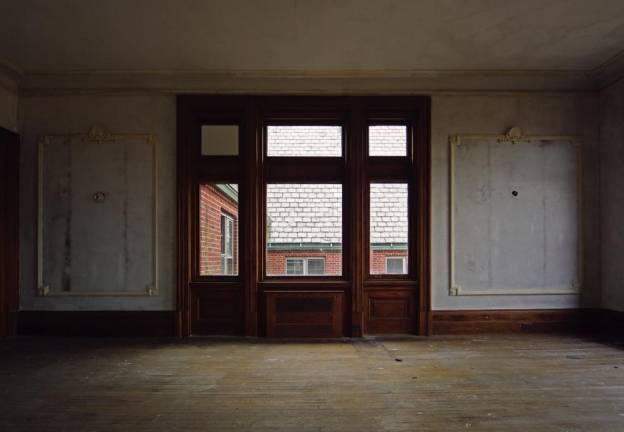
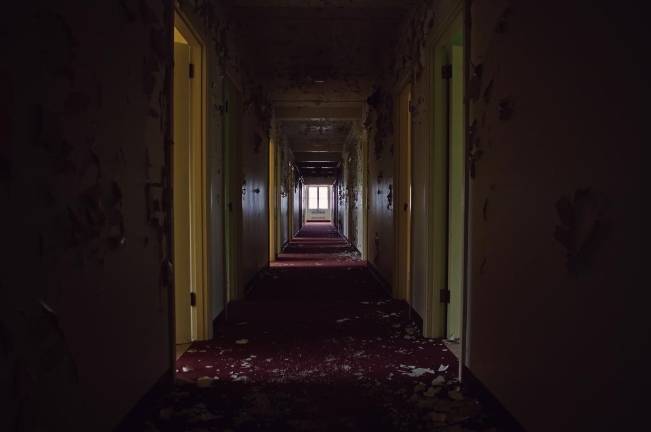
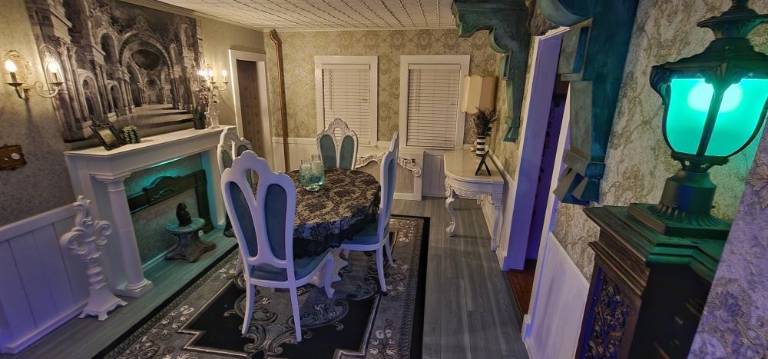
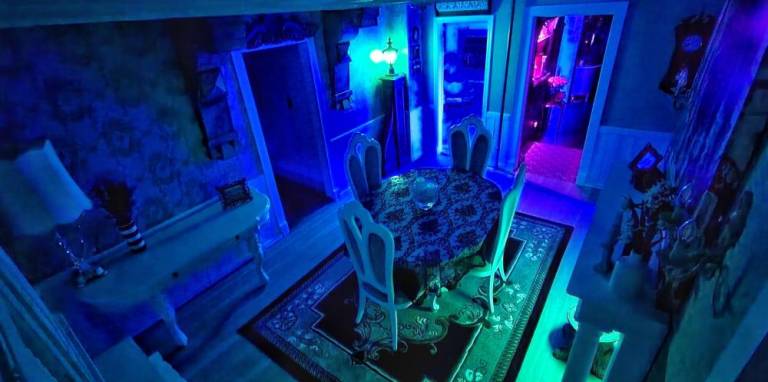
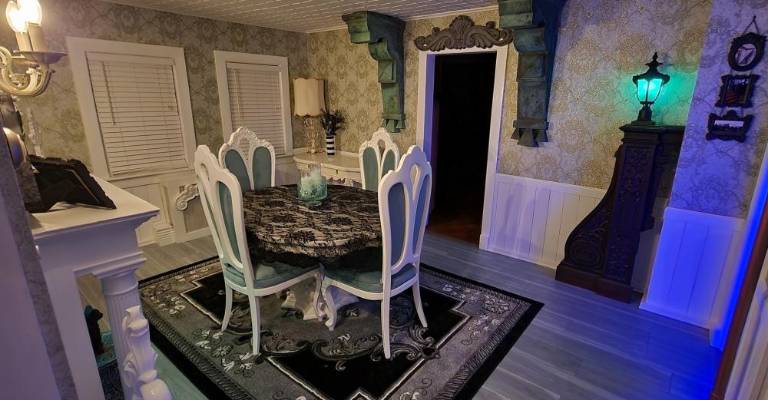
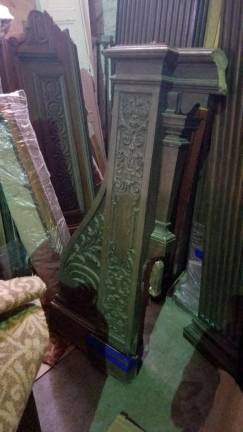
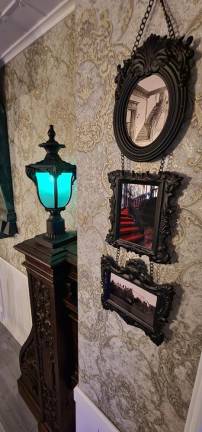
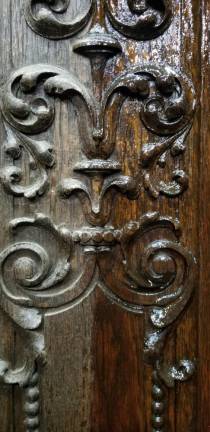
From the moment a building is completed, it gradually soaks in the history and individual tales of every person it encounters. This energy compounds over decades and centuries, forming places that serve a far more profound purpose than their initial design, keeping time itself within their geometry.
This awareness of generations, of our own very brief moment in history, is far easier to perceive when a place has fallen silent. This is how my partner and I first encountered the Cenacle of Mt. Kisco, NY. Long abandoned, this sprawling estate sat, weathered, on the crest of a wild field overgrown with tall grasses where lawn once prevailed. We roamed the property and its halls for a day, noting how stunning it all was, even under layers of neglect and peeling paint. It was evident that this forlorn place was once very proud, and we found it difficult to believe that it was being left to simply weather away. Long ago this was the home of showman Billy Rose, who constructed his hilltop manor, Rose Hill, over the ruins of a 1903 estate.
In the 1950s, a fire eviscerated much of the estate, and shortly thereafter the 130-acre property was sold off to the Convent of Our Lady of the Retreat in the Cenacle, which restored the manor and dramatically expanded the structure for use as a convent. Much of the additional space was utilized for classroom and dormitory-style living quarters. They too were temporary owners; the property changed hands several times in the decades that followed, ending with Our Lady of Mount Kisco, which operated the grounds as a retreat center until 2011, when it was abandoned.
After shaping countless lives, the Cenacle was unceremoniously demolished in the spring of 2019. I won’t write a dissertation here about the importance of adaptive reuse, embodied energy, and how the greenest building is always the one that’s already standing. All I will say is that the Cenacle could have been an absolute gem for Mount Kisco, and was lost to short-sightedness.
Aghast at the news, we sought information about the demolition, namely whether architectural salvage was conducted prior to the razing. Thankfully it was. Thus began our own two-year journey to restore a feature from the Cenacle and incorporate it into our home, which we’ve also been restoring from an abandoned state for years now.
It started with a trip to a salvage warehouse in Scranton. Olde Good Things, one of the country’s largest architectural salvage companies, had undertaken the salvage rights on the property. The items weren’t inventoried, they told us, but were stored in their warehouse, which we were invited to browse through. After wandering to the rear of the massive storage building, we immediately noticed the old newel post from the master staircase, dusty, leaning against a collection of woodwork also removed from the estate. A sad sight, but also beautiful. We initially had no idea what we actually wanted to purchase, but immediately fell in love with the newel post, which embodied the Centacle’s spirit of service and had even survived the fire that claimed so much of the original Billy Rose estate. Dusty, dirty, and wrapped in a moving blanket, it came home with us.
Throughout our home’s restoration, we have been treating each room as a blank canvas, often displaying and building in pieces of architectural salvage that hold meaning for us. This newel post resonated deeply, but it came from a massive mansion and was far too large to craft into our normal-sized staircase. We hadn’t realized how comically large it was until we brought it inside, at which point we had to do some brainstorming. How to make it a proper part of our home? In the end, we decided to run new electrical wiring, find an appropriate lamp head to mount atop it, and transform the former staircase piece into an ornate lighting fixture for our dining room – which was, at the time, untouched and disused. We felt that making it into a lighting fixture would give it a purpose. We wanted it to function again, to be a key fixture around which we would build an environment inspired by the Cenacle.
The post was exceedingly dry, having weathered nearly a decade without climate control in the building. Hot summers and freezing winters sucked much of the moisture from the wood, leaving it an ashy, desaturated version of its former self. So to begin, we first had to bring the wood back to life with a healthy dose of boiled linseed oil – and time. A more enjoyable part of the project was finding an appropriate lamp to mount atop it. Of the hundreds to choose from, we landed on one we felt matched the post in design but was simple enough not to distract from the post itself. The newel post was long missing its finial, even when it was in place in the mansion, which left a hole in the top – an ideal path to run power to the new lamp. Within the lamp, we installed a green-hued LED “torch” that softly flickers behind a diffused cover. It glows 24 hours a day.
After installing the post, we hung a frame next to it showcasing two eight-millimeter scans from the Library of Congress depicting the Billy Rose estate in its prime, and a frame showing the newel post on the master staircase a century ago, plus a photograph of the post in the abandoned estate. The story of the Cenacle, as told by a newel post in its new home.